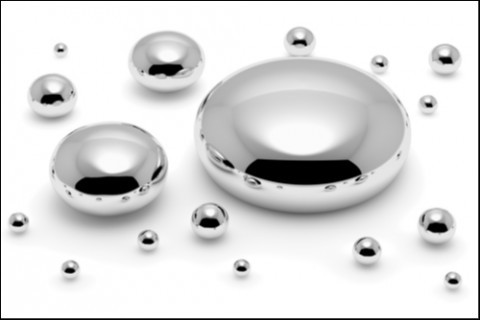Mercury Falling: Why Dr. Lederman Prefers Resin Fillings to Mercury Amalgam
 You may have noticed mercury fillings back in the news recently, following a recent study by the University of Georgia’s Department of Environmental Health. The study evaluated 15,000 patients and found that patients possessing 8 or more mercury amalgam fillings had 150% more mercury in their bloodstream than those with no amalgam fillings. While many dentists have switched over to resin composite fillings for health reasons, Dr. Lederman stopped using amalgam fillings over 20 years ago, long before anyone realized the full extent of the dangers of amalgams- but for completely different reasons.
You may have noticed mercury fillings back in the news recently, following a recent study by the University of Georgia’s Department of Environmental Health. The study evaluated 15,000 patients and found that patients possessing 8 or more mercury amalgam fillings had 150% more mercury in their bloodstream than those with no amalgam fillings. While many dentists have switched over to resin composite fillings for health reasons, Dr. Lederman stopped using amalgam fillings over 20 years ago, long before anyone realized the full extent of the dangers of amalgams- but for completely different reasons.
Dr. Lederman’s objections to mercury were more performance based because mercury-based fillings just don’t work as well as resin composites. "It’s just not a very good material," he says. In fact, according to Dr. Lederman, in order to place a mercury filling, the dentist must cut away a great deal of the tooth’s structure, "and it's not very respectful of the tooth’s biological structure."
This means that the structure of the remaining, healthy tooth is actually weakened by the presence of the mercury filling. In fact, Dr. Lederman frequently needs to remove and replace old mercury fillings in his patients, and in doing so, he regularly finds everything from new tooth decay to cracking of the healthy tooth, to staining of the tooth- beneath the surface of the old filling. This is because there is no give to the amalgam, leaving the natural tooth vulnerable to both pressure and the bacteria and acid that causes cavities.
Dr. Lederman instead prefers to use other materials that "return some strength to the natural structure" of the tooth. Composites like resin are great for this purpose because they not only move and flex with the remaining natural tooth but according to Dr. Lederman, they "give back virtually all of the strength that was lost before the tooth was damaged."
As for the controversy surrounding the use of mercury, Dr. Lederman is not surprised that mercury amalgam may be harmful in large quantities, because of the lengths dentists must go to dispose of or otherwise handle the amalgam within the dental office. "We have a lot of regulations in dentistry about what we can do with mercury that we’ve taken out of the body, or for those doctors who still use it if they spill it in the office. So I’ve always been a little bit wondrous of the notion that we can store it safely in people’s teeth."



